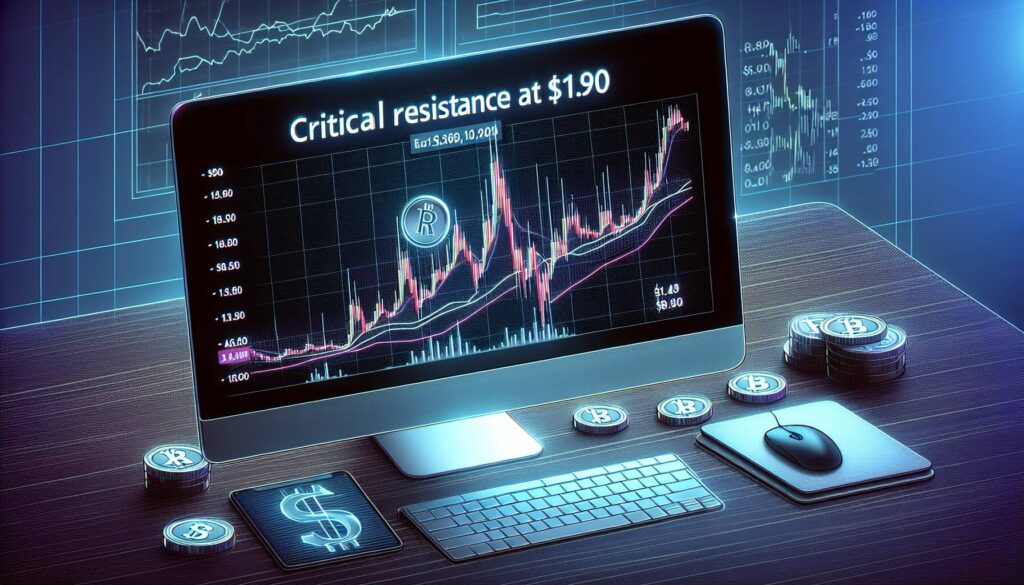The cryptocurrency industry is closely watching the latest development with a notable company’s debt ratings. S&P Global, a leading credit rating agency, has assigned a B- rating to the company’s debt. This rating, while not necessarily a strong vote of confidence, does provide insight into the company’s financial standing and its ability to meet obligations.
A B- rating signifies that the company is subject to significant credit risk, and it may face challenges in maintaining stability amidst market volatility. Such assessments are crucial for investors, as they help gauge the risk involved when considering this entity in the broader cryptocurrency landscape.
This rating comes at a time when the cryptocurrency market is experiencing a mix of optimism and caution, making it essential for stakeholders to stay informed about potential risks and opportunities.
As the industry evolves, the implications of these ratings can be far-reaching, affecting investor sentiment and market dynamics. Keeping an eye on credit ratings like these can aid in understanding the overall health of a company within the often unpredictable world of cryptocurrency.

S&P Global Debt Rating Insights
The following key points summarize the implications of the B- rating assigned by S&P Global to the company’s debt:
- B- Rating: Indicates a speculative grade, suggesting financial instability.
- Potential Impact on Borrowing Costs: A lower rating may lead to higher interest rates on future loans, increasing financial burden.
- Investor Perception: The rating may deter potential investors, impacting stock prices and funding opportunities.
- Market Confidence: A B- rating can signal to the market that the company is facing challenges, potentially leading to volatility.
- Future Financial Strategies: The company may need to revise its financial strategies to improve its rating and overall financial health.
This rating serves as a crucial indicator for stakeholders regarding the company’s risk profile and financial stability.
Understanding S&P Global’s B- Rating Implications
The recent decision by S&P Global to assign a B- rating to the company’s debt sheds light on its financial standing within a competitive landscape. While this rating might not be the highest, it still provides a framework for understanding the company’s risk profile. Comparatively, other players in the industry, such as those maintaining B or B+ ratings, benefit from a perceived lower risk, potentially attracting more investors.
Among the advantages of a B- rating, the company can still leverage it as a stepping stone for improvement. Companies that operate in similar spheres often utilize lower ratings to highlight opportunities for growth and restructuring. However, this rating can also serve as a double-edged sword. Investors might view the B- assignment as a signal to tread cautiously, fearing potential volatility in the company’s financial commitments.
This rating could particularly benefit more risk-tolerant investors looking for undervalued assets with potential upside. In contrast, more conservative investors may find such a designation troublesome, steering clear of what they perceive as higher-risk territory. Competitors with stronger ratings may find an edge in securing better financing conditions, ultimately facilitating greater investment into growth initiatives.
In essence, the implications of S&P Global’s B- rating extend beyond mere numbers; they can significantly affect the company’s market positioning and investor relations. Stakeholders must navigate these waters carefully, weighing potential returns against the risks involved in supporting a company still on the road to financial rehabilitation.
















